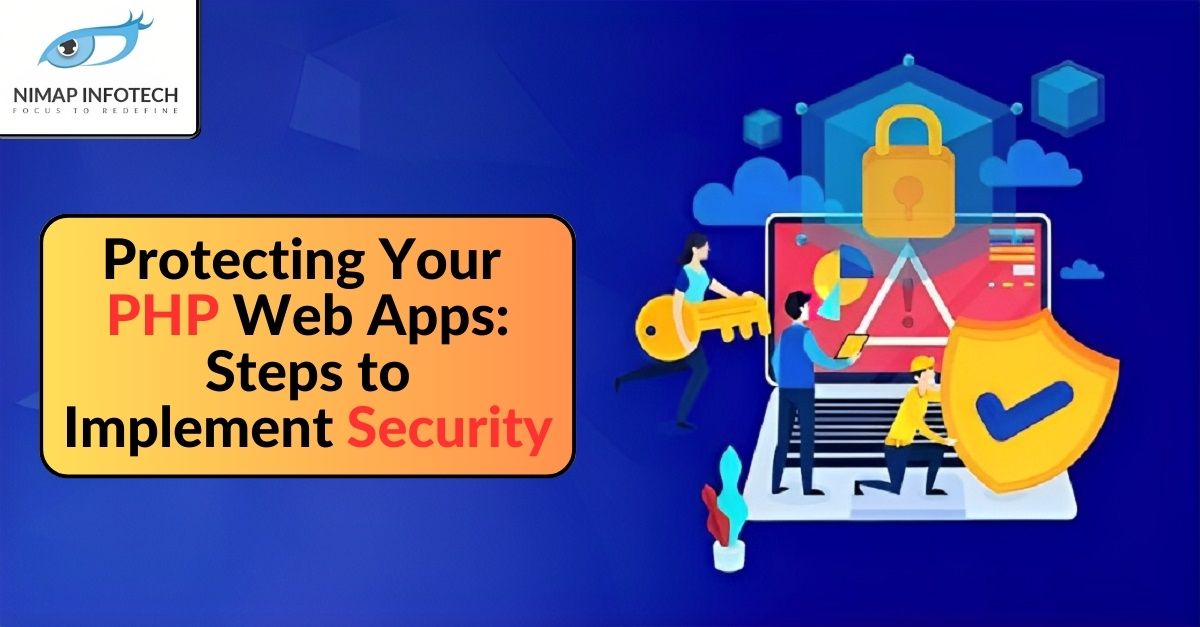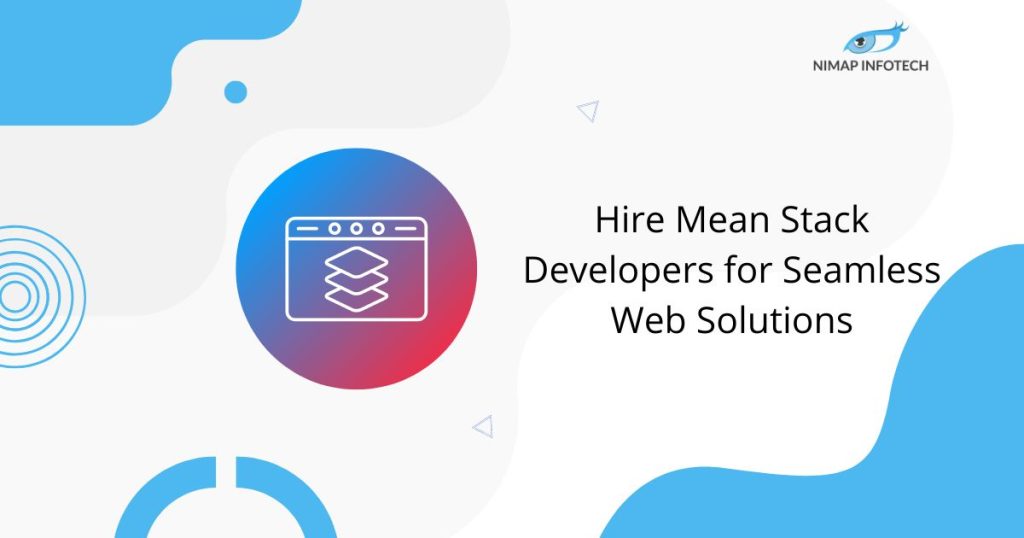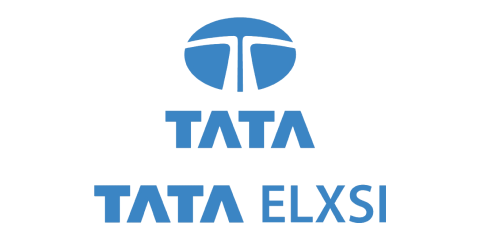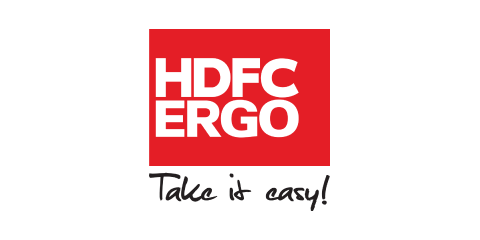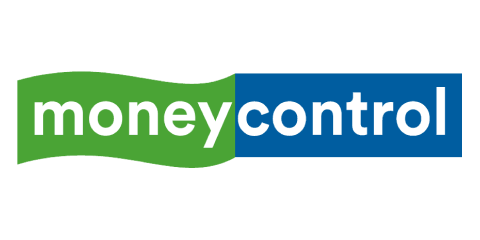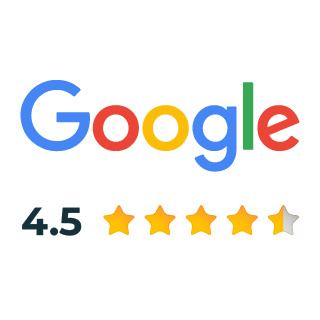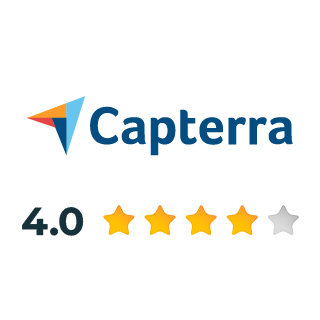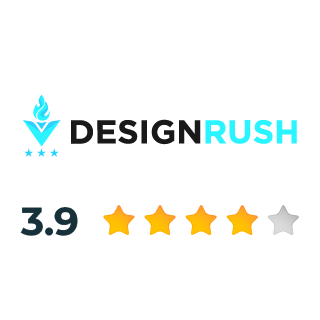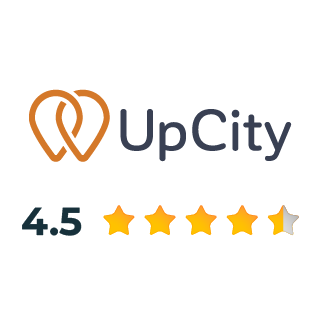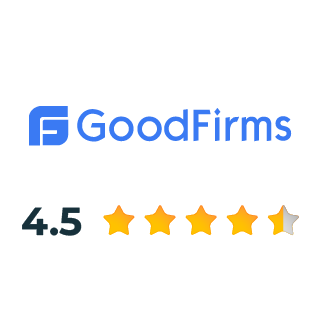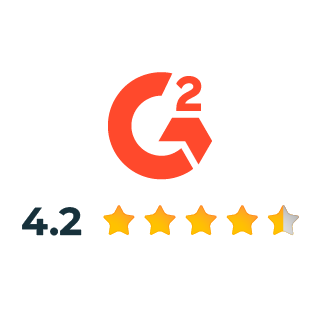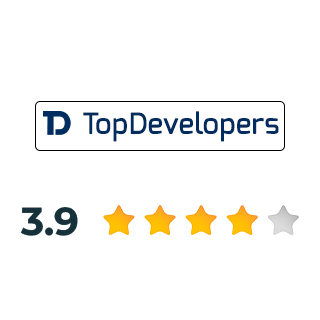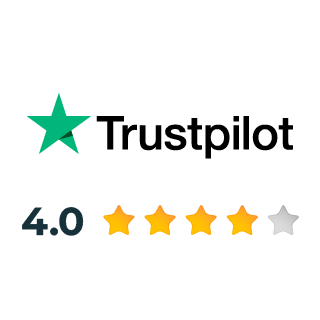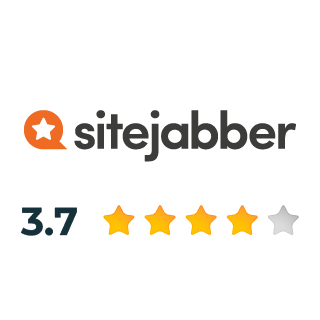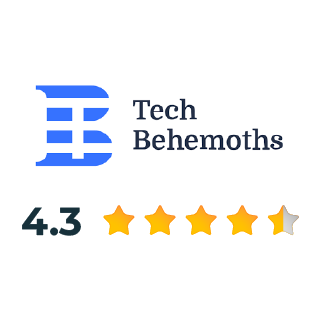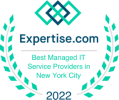Attack threats have increased as a result of improvements in hacking and cyberattack techniques. PHP is also brittle, which is another addition. Your PHP website may become exposed to assaults due to a simple bug or code mistake.
The last thing anyone wants to think about after spending so much time and energy creating a PHP website is getting hacked. However, you must assure rock-solid security if you want to truly make your PHP tech stack impregnable and unhackable.
Crafting dynamic and user-centric web applications that engage and delight users. Our expert web Application development team specializes in creating responsive, secure, and scalable web solutions tailored to your unique needs. Explore our web application developer services today!
PHP Security threats and fixes –
Hackers have developed innovative methods throughout time to deceive and get around any function on a PHP website. Hackers’ most popular attacks include some of the following:
SQL Injection:
Threat:
- When an attacker enters unethical SQL queries into user input fields, you may experience SQL injection and risk having unauthorized access to your database.
Fix:
- Instead of creating SQL queries manually, use prepared statements and parameterized queries. Prepared statements are supported by PHP frameworks like PDO and MySQLi and automatically escape and sanitize user input.
Cross-site scripting:
Threat:
- By inserting malicious scripts into web pages that are being viewed by other users, XSS attacks frequently result in the theft of confidential information or session hijacking.
Fix:
- When displaying user input in HTML, escape and sanitize it using techniques like HTML special chars() to prevent script execution. To further restrict what content can be loaded, use Content Security Policy (CSP) headers.
Cross-Site Request Forgery:
Threat:
- By interfering with users’ logged-in sessions, CSRF attacks coerce users into taking actions without their knowledge.
Fix:
- Add anti-CSRF tokens to forms to make sure that requests are valid.
- These tokens ought to be created for each user session and checked as form submissions are processed.
Also Read: How to Leverage Web Development Technology for Business Growth?
File upload vulnerabilities:
Threat:
- Unauthorized access to your server, denial of service, and arbitrary code execution are all possible outcomes of malicious file uploads.
Fix:
- Verify file types and extensions, and use both client-side and server-side validation. To avoid overwriting existing files, keep uploaded files outside of the site root directory and give them distinctive filenames.
Insecure session management:
Threat:
- Session fixation, session hijacking, or unauthorized access to user accounts are risks associated with poor session management.
Fix:
- Securely configure session settings using PHP’s built-in session management functions (session_start(), session_regenerate_id()).
- After a successful login, set the proper session timeouts and regenerate the session IDs.
- Use specific filenames to avoid overwriting already existing files.
Inadequate password security:
Threat:
- Unauthorized access to user accounts might result from poor password storage procedures, such as keeping passwords in plain text or employing insufficient encryption.
Fix:
- Use strong encryption methods like bcrypt or Argon2 to hash and salt passwords.
- To stop brute force attacks, enforce password complexity guidelines and put account lockout features in place.
Remote code execution:
Threat:
- Attackers may be able to execute arbitrary code on your server by using improperly protected user inputs in routines like eval().
Fix:
- Steer clear of utilizing functions like eval() and others that run user-supplied code.
- Use proper input sanitization, user input validation, and filtering.
Failure to update dependencies:
Threat:
- Existing vulnerabilities in outdated PHP versions, libraries, or frameworks may be exploited by attackers.
Fix:
- Update PHP, libraries, and frameworks frequently to the most recent versions that are secure.
- To get alerts regarding security patches, join mailing lists for security.
PHP Security Tips & Tricks –
PHP Security is a crucial component of development, and just as threats have changed over time, security must also change to keep up with the rate of change. Users who risk their information in the event of cyberattacks are also concerned about a website’s security, in addition to the website owner. To be able to take the appropriate action, we must comprehend a few security-related concepts:
Security as a part of design:
- A website’s security is an essential component.
- To ensure that security is present on your website at all times, development must take security into consideration.
Security and usability:
- Users place a lot of importance on how easy it is to use your website.
- Frequently, having too many security checks might make your website more difficult to use.
- Users may view multiple login requests, abrupt session timeouts, and multiple authentications as barriers.
- There is no one security protocol that works for everyone.
- Security must be assessed in light of a number of variables, including the application or information being handled.
- In order to provide a great user experience and adequate levels of security, usability and security must be matched.
Cost and security:
- The majority of attacks may be prevented by using basic security measures on your website. However, if threat levels rise, you will need to invest more to have more advanced security if your website handles very valuable information.
- You must budget for security costs based on your website and threat assessment during the development phase.
Having security is not a quality:
- A website’s security cannot be determined in a single way. The ever-evolving nature of security means that an assault could always occur.
- Regular evaluation and updates are crucial for maintaining PHP security and defending against emerging attack methods.
- Continuous effort and attention to detail are necessary to keep your PHP applications secure.
- You may greatly improve the security of your PHP-based web applications by being aware of these typical dangers and putting the suggested patches into practice.
- To effectively defend against emerging threats, it is crucial to stay abreast of the latest security advancements and best practices.
Read More: Progressive Web App Development Guide
This guide’s PHP security advice will assist you in maintaining the security of your website and the confidentiality of any data it contains. Because security is dynamic and constantly evolving, keeping up with the most recent advances will help you defend your website from sophisticated attacks. You can accomplish this with ease by using a security service. It’s usually a smart idea to trust a professional web application developer with your PHP security. A website requires a lot of time and work to create, and keeping it secure is a difficult but crucial undertaking. You can repel intruders by having a thorough awareness of the situation and reliable facts.
You’ve come to the right place if you’re searching to hire PHP developer for web development. Our team of skilled PHP developers at Nimap Infotech can provide high-quality solutions.
